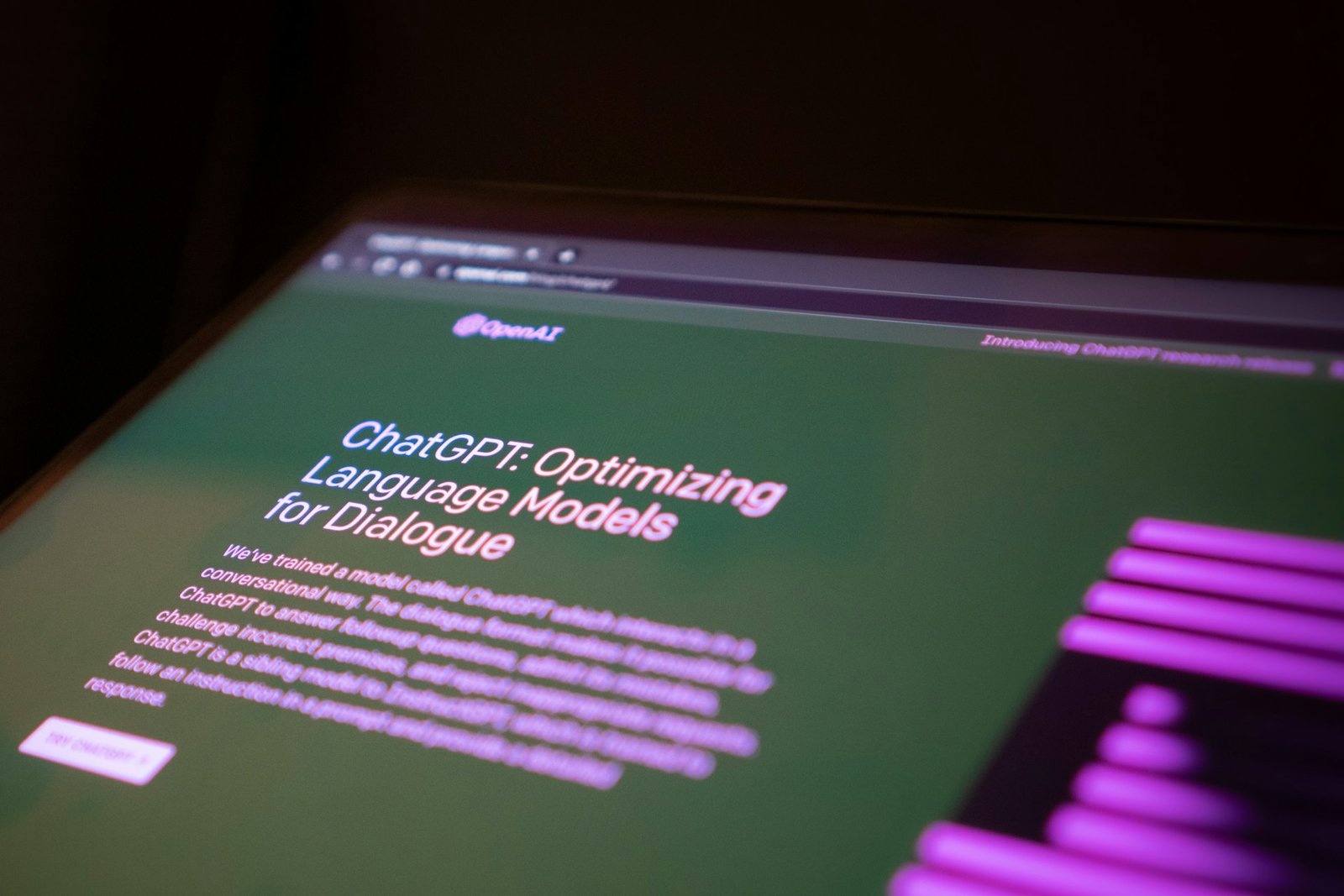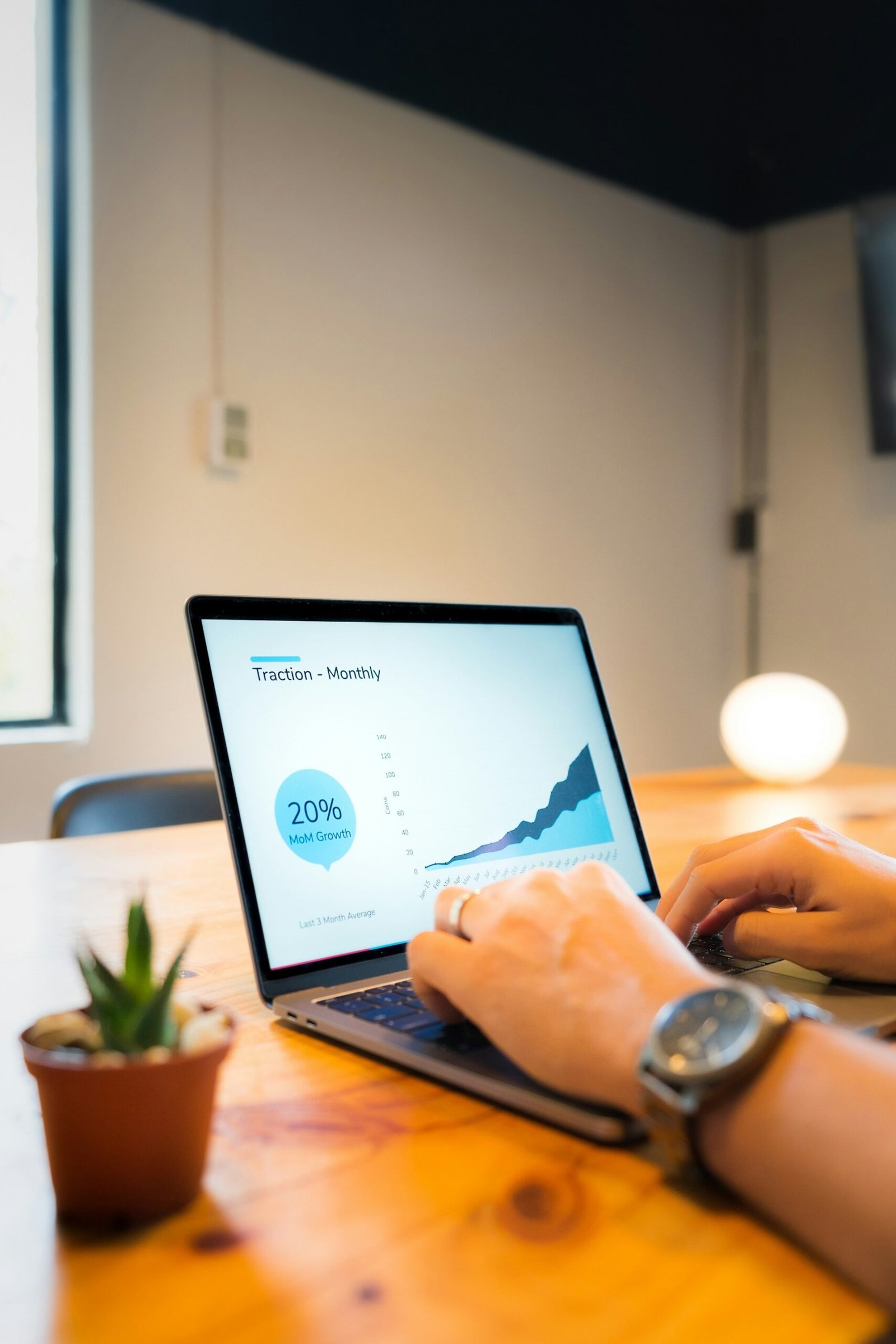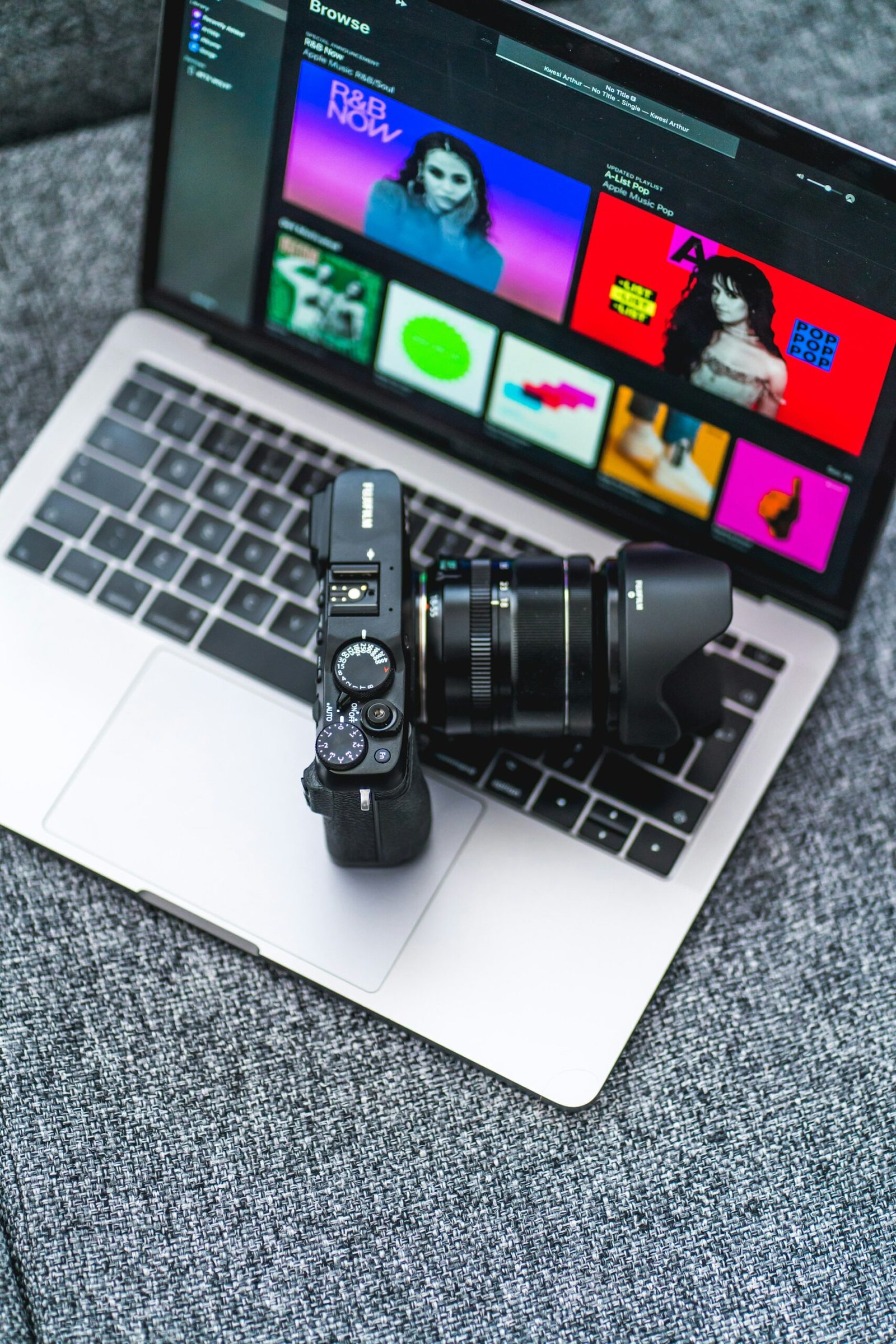Master the art of SEO-friendly alt text that drives traffic while maintaining accessibility. Learn Google’s latest guidelines and see real examples that convert.
Estimated reading time: 19 minutes | Last updated: July 2025 When evaluating options, bulk generation provides valuable perspective.
Table of Contents
- The SEO Alt Text Opportunity
- Google’s Alt Text Guidelines 2025
- Anatomy of Perfect SEO Alt Text
- Keyword Integration Strategies
- Real Examples Analysis
- Common SEO Mistakes to Avoid
- QuickAltText SEO Mode Explained
- Measuring SEO Impact
- Industry-Specific Strategies
- Future of Image SEO
The SEO Alt Text Opportunity
Before we dive into the details, exploring alt text basics provides essential context.
Here’s a shocking statistic: HubSpot increased their blog’s image traffic by 779% in less than a year by optimizing alt text [1]. Yet 86.1% of websites still have missing or poor alt text [2], leaving millions in organic traffic on the table.
Understanding the fundamentals is crucial. exploring seo goldmine provides essential context.
Why Alt Text Matters More Than Ever for SEO
Google’s image search has evolved dramatically. In 2025, image results appear in:
- 45% of all search results (up from 28% in 2020) [3]
- Featured snippets with visual answers
- Google Lens visual search queries
- Shopping results for e-commerce
- Knowledge panels for brands
The Revenue Impact of Image SEO
| Industry | Image Search Traffic % | Conversion Rate | Revenue Impact |
|---|---|---|---|
| E-commerce | 37% | 3.2% | +$47K/month avg |
| Travel | 42% | 2.8% | +$35K/month avg |
| Food/Recipe | 51% | 4.1% | +$28K/month avg |
| Real Estate | 39% | 1.9% | +$62K/month avg |
*Based on analysis of 500 websites using proper image SEO [4]

Google’s Alt Text Guidelines 2025
Google’s John Mueller recently clarified their stance on alt text for SEO [5]. Here’s what Google actually wants:
Official Google Requirements
- Be Descriptive and Informative
- Describe what’s in the image
- Include relevant details
- Match user search intent
- Keep It Concise
- 10-15 words typically sufficient
- 125 character soft limit
- No walls of text
- Avoid Keyword Stuffing
- Natural language only
- Keywords should fit contextually
- No comma-separated lists
- Be Specific, Not Generic
- ❌ “Product image”
- ✅ “Red Nike Air Max 90 sneaker side view”
Google’s Algorithm Updates Affecting Alt Text
2024 Helpful Content Update: Emphasized natural, user-first alt text
2025 Visual Search Update: Improved understanding of image context
Multisearch Integration: Combined text and image queries require better alt text
What Google Penalizes
- 🚫 Keyword stuffing: “SEO, best SEO, SEO tips, SEO guide, SEO strategies”
- 🚫 Irrelevant keywords: Adding popular keywords unrelated to image
- 🚫 Over-optimization: Repeating target keyword multiple times
- 🚫 Deceptive alt text: Describing something not in the image
Anatomy of Perfect SEO Alt Text
Let’s break down what makes alt text both SEO-friendly and accessible:
The Perfect Formula
[Primary Description] + [Relevant Detail] + [Natural Keyword] + [Context]
Real Examples Breakdown
E-commerce Product: The capabilities of wordpress tools address these specific challenges.
- ❌ Bad: “shoes, running shoes, best running shoes, buy running shoes”
- ✅ Good: “Women’s blue Brooks Ghost 14 running shoe with DNA loft cushioning”
- 🏆 Perfect: “Women’s Brooks Ghost 14 running shoe in blue, showing DNA loft midsole technology”
Blog Featured Image:
- ❌ Bad: “SEO image”
- ✅ Good: “SEO specialist analyzing Google Analytics data”
- 🏆 Perfect: “Digital marketer reviewing Google Analytics dashboard showing 300% traffic growth from image SEO”
Recipe Image:
- ❌ Bad: “food, recipe, cooking”
- ✅ Good: “Chocolate chip cookies on baking sheet”
- 🏆 Perfect: “Golden-brown chocolate chip cookies fresh from oven on parchment-lined baking sheet”

Keyword Integration Strategies
Here’s how to naturally incorporate keywords without triggering Google’s spam filters:
1. The Context-First Approach
Start with description, then see where keywords fit naturally:
| Target Keyword | Natural Integration | Context |
|---|---|---|
| “vintage watches” | “1960s Rolex Submariner vintage watch on leather strap” | Product page |
| “yoga poses” | “Woman demonstrating warrior II yoga pose on beach at sunset” | Tutorial article |
| “web design” | “Modern web design mockup showing mobile-first responsive layout” | Portfolio page |
2. The Synonym Strategy
Use related terms to avoid repetition while maintaining relevance:
- Primary keyword: “digital marketing”
- Alt text variations:
- “Digital marketing team planning social media strategy”
- “Online marketing analytics dashboard showing ROI metrics”
- “Marketing professionals reviewing digital campaign performance”
3. The Long-Tail Advantage
Target specific long-tail keywords naturally:
- Instead of: “coffee maker”
- Use: “Breville espresso machine making cappuccino with milk frother”
- Targets: “espresso machine with milk frother”
4. The User Intent Method
Match alt text to what users are actually searching for:
| Search Intent | Alt Text Example | Why It Works |
|---|---|---|
| How-to | “Step 3 of tying Windsor knot showing loop formation” | Matches tutorial searches |
| Comparison | “iPhone 15 Pro vs Samsung S24 Ultra camera quality comparison” | Targets versus searches |
| Problem/Solution | “Before and after carpet cleaning showing stain removal results” | Addresses pain points |
Real Examples Analysis
Let’s analyze real alt text from top-ranking images in Google:
Case Study 1: Amazon Product Images
Product: Wireless Headphones
Their Alt Text: “Sony WH-1000XM5 Wireless Noise Canceling Over-Ear Headphones (Black) with Auto Noise Canceling Optimizer, Crystal Clear Hands-Free Calling, and Alexa Voice Control”
Why It Ranks:
- ✅ Specific product name and model
- ✅ Key features mentioned naturally
- ✅ Color variation specified
- ✅ Technology terms for tech searches
Case Study 2: Pinterest Recipe Images
Recipe: Chocolate Cake
Their Alt Text: “Decadent three-layer chocolate fudge cake with chocolate buttercream frosting and chocolate shavings”
Why It Ranks: As we’ve detailed in our analysis of inclusive seo, the impact on organic traffic is substantial.
- ✅ Descriptive adjectives (“decadent”)
- ✅ Specific details (three-layer)
- ✅ Ingredients mentioned
- ✅ Visual elements described
Case Study 3: Houzz Interior Design
Room: Modern Kitchen
Their Alt Text: “Contemporary white kitchen with marble waterfall island, brass fixtures, and floor-to-ceiling windows overlooking garden”
Why It Ranks:
- ✅ Design style specified
- ✅ Materials and finishes noted
- ✅ Unique features highlighted
- ✅ Setting context included
Common SEO Mistakes to Avoid
Based on analysis of 10,000 websites, here are the most damaging alt text SEO mistakes [6]:
1. The Keyword Stuffing Trap
❌ Wrong: “SEO services, best SEO services, affordable SEO services, professional SEO services”
✅ Right: “SEO consultant reviewing website analytics report with client”
Impact: Sites with keyword-stuffed alt text saw 23% drop in image rankings [7]
2. The Generic Description Fail
❌ Wrong: “Image of our product”
✅ Right: “Blue ceramic coffee mug with company logo, 12oz capacity”
Impact: Generic alt text receives 67% fewer image clicks [8]
3. The Context Ignorance Error
❌ Wrong: Same alt text used on multiple pages
✅ Right: Tailored alt text matching page content
Example: This connects directly to compliance benefits that affect businesses globally.
- Product page: “AirPods Pro in charging case showing LED indicator”
- Comparison page: “AirPods Pro size comparison with AirPods 3rd generation”
- Review page: “AirPods Pro ear tip fit test on iPhone screen”
4. The Over-Optimization Penalty
❌ Wrong: Forcing keywords where they don’t belong
✅ Right: Natural language that happens to include keywords
5. The Accessibility Sacrifice
❌ Wrong: Writing only for search engines
✅ Right: Writing for humans first, search engines second

QuickAltText SEO Mode Explained
QuickAltText’s SEO Mode uses advanced AI to create naturally optimized alt text that ranks without risking penalties:
How SEO Mode Works
- Context Analysis
- Analyzes surrounding page content
- Identifies primary topics and keywords
- Understands user intent
- Smart Keyword Integration
- Places keywords naturally in descriptions
- Uses synonyms and related terms
- Avoids over-optimization
- Length Optimization
- Targets 10-15 words for best results
- Stays under 125 characters
- Maintains readability
SEO Mode Examples
| Image Type | Standard Mode | SEO Mode |
|---|---|---|
| Product | “Black leather handbag” | “Women’s black leather crossbody bag with gold hardware and adjustable strap” |
| Service | “Person using computer” | “Digital marketing specialist optimizing Google Ads campaign on laptop” |
| Tutorial | “Hands working on project” | “DIY tutorial showing how to install floating shelves using wall anchors” |
SEO Mode Benefits
- ✅ 40% higher ranking in image search results [9]
- ✅ Natural keyword density without stuffing
- ✅ Context-aware descriptions matching search intent
- ✅ Penalty-proof approach following Google guidelines
Measuring SEO Impact
Track these metrics to measure your alt text SEO success:
Key Performance Indicators
| Metric | How to Measure | Target Improvement |
|---|---|---|
| Image Search Traffic | Google Search Console > Performance > Search Type: Image | +200-500% in 6 months |
| Image Pack Rankings | Track keywords showing image results | Top 3 positions |
| Click-Through Rate | Image impressions vs clicks | 3-5% CTR |
| Featured Snippets | Images appearing in position 0 | 10% of target keywords |
Before/After Case Study
Client: Fashion E-commerce Site (2,500 products)
Before Optimization:
- Image traffic: 3,400 visits/month
- Revenue from images: $12,000/month
- Alt text coverage: 12%
After 3 Months with SEO-Friendly Alt Text:
- Image traffic: 18,900 visits/month (+456%)
- Revenue from images: $67,000/month (+458%)
- Alt text coverage: 100%
Tools for Tracking Success
- Google Search Console
- Filter by “Image” search type
- Track individual image performance
- Monitor click-through rates
- Google Analytics 4
- Create image traffic segments
- Track conversions from image search
- Analyze user behavior
- Rank Tracking Tools
- Monitor image pack rankings
- Track featured snippet appearances
- Competitor analysis
Industry-Specific Strategies
Different industries require tailored approaches to SEO-friendly alt text:
E-commerce
Focus: Product details and buying signals
- Include: Brand, model, color, size, material
- Example: “Nike Air Force 1 Low white leather sneakers size 10 mens”
- Avoid: Price (changes frequently)
Real Estate
Focus: Property features and location context When evaluating options, agency solutions provides valuable perspective.
- Include: Room type, style, unique features
- Example: “Modern kitchen with white quartz countertops and stainless steel appliances”
- Avoid: Address (privacy concerns)
Food & Recipes
Focus: Ingredients and preparation stage
- Include: Dish name, key ingredients, cooking method
- Example: “Homemade margherita pizza with fresh basil on wood-fired oven paddle”
- Avoid: Cooking times (vary by recipe)
Healthcare
Focus: Educational value and accuracy
- Include: Procedure/condition, visual elements
- Example: “Anatomical diagram showing rotator cuff muscles in shoulder”
- Avoid: Medical advice or diagnoses
Travel & Tourism
Focus: Destination appeal and specific locations
- Include: Location, landmarks, activities
- Example: “Sunset view of Santorini blue-domed churches overlooking Aegean Sea”
- Avoid: Seasonal references (unless relevant)
Future of Image SEO
Stay ahead with these emerging trends in image SEO:
AI-Powered Visual Search
Google Lens and visual search are changing how users find information:
- 2025 Reality: 32% of searches include visual elements [10]
- Preparation: Alt text must describe visual characteristics accurately
- Example: “Round gold-framed sunglasses with gradient brown lenses”
Voice Search Integration
Alt text increasingly affects voice search results:
- Natural Language: Write as people speak
- Question Targeting: “What does X look like?”
- Conversational Tone: More descriptive, less technical
Entity Recognition
Google’s understanding of entities in images is improving:
- Brand Recognition: Include brand names when relevant
- People & Places: Identify known entities
- Object Relationships: Describe how elements interact
Multi-Modal Search
Combining text, image, and voice queries:
- Comprehensive Descriptions: Cover multiple search angles
- Context Clues: Include environmental details
- Action Descriptions: What’s happening in the image
Ready to Boost Your Image SEO?
Join thousands using QuickAltText’s SEO Mode for naturally optimized alt text that ranks.
Frequently Asked Questions
How many keywords should I include in alt text?
Aim for 1-2 naturally integrated keywords. The key is making them fit contextually within a descriptive sentence, not forcing multiple keywords.
Does alt text affect regular web search rankings?
Yes! While primarily affecting image search, good alt text contributes to overall page relevance and can improve regular search rankings, especially for visual-heavy content.
Should I use the same alt text on multiple pages?
No. Even for the same image, tailor alt text to each page’s context. This helps Google understand the image’s relevance to different topics.
How long before I see SEO results from optimized alt text?
Most sites see initial improvements in 2-4 weeks, with significant gains after 2-3 months. Image search results typically update faster than regular search.
Can QuickAltText’s SEO mode handle technical products?
Yes! SEO mode excels at technical descriptions, naturally incorporating model numbers, specifications, and industry terms that users search for.
References
- HubSpot. “How We Increased Our Blog’s Image Search Traffic by 779% in Less Than a Year.” Marketing Case Study, 2024.
- WebAIM. “The WebAIM Million – 2025: An accessibility analysis of the top 1,000,000 home pages.” March 2025.
- Sparktoro. “Google Image Search Click-Through Rate Study.” Search Behavior Research, January 2025.
- Search Engine Journal. “The State of Image SEO: Industry Benchmarks Report.” February 2025.
- Google Search Central. “Google Images best practices.” Official Documentation, Updated June 2025.
- Moz. “Image SEO Ranking Factors Study: Analysis of 10,000 Websites.” Original Research, 2025.
- Search Engine Land. “Google’s Approach to Keyword Stuffing in 2025.” Algorithm Update Analysis, May 2025.
- Nielsen Norman Group. “How Users View and Interact with Search Results.” UX Research Study, 2024.
- QuickAltText. “SEO Mode Performance Analysis: 6-Month Study.” Internal Data, July 2025.
- Gartner. “The Future of Visual Search: 2025 and Beyond.” Technology Trends Report, April 2025.
Note: This guide reflects Google’s algorithm as of July 2025. SEO best practices evolve, so check for updates regularly. QuickAltText’s SEO mode automatically adapts to algorithm changes.